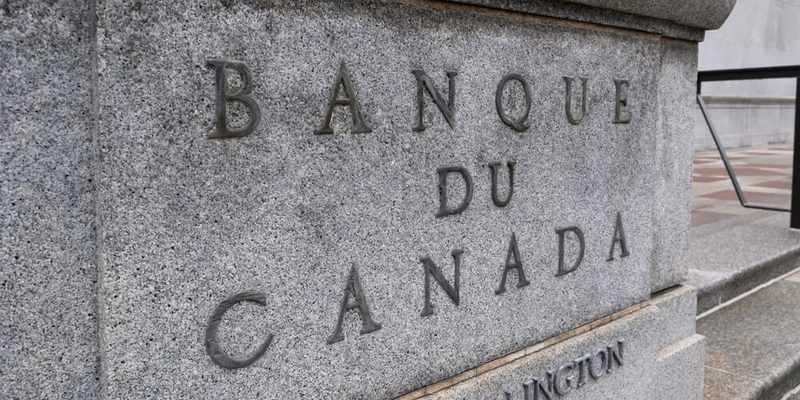
If you are not redirected within 30 seconds, please click here to continue.
Samedi: 10h – 16h HAE

If you are not redirected within 30 seconds, please click here to continue.
If you are not redirected within 30 seconds, please click here to continue.
Should You Choose a Long or Short Term Mortgage?

When most people think about mortgages, they tend to focus almost exclusively on the interest rate. But there are a number of other variables to be considered when choosing a mortgage product that best suits your needs. One of those is the length of the mortgage agreement, better known as the term. Here we review the various options and why you might choose a long or short term mortgage.
Typical Term FAQs
First off, don’t confuse the “term” with the total length of the mortgage: that's the amortization period. Most mortgages are negotiated over a 25-year amortization period, meaning (barring any overpayments) it will be paid off 25 years after the first payment is made. But within that 25-year timeframe, there will be a series of negotiated terms for a set number of years.
The most common mortgage term is for five years, meaning you pay the principal and interest at the agreed rate for five years, then negotiate another five-year term. In Canada, mortgage terms vary from a few months to several years. The longest currently available mortgage term is RBC’s 25-year mortgage.
Should You Make A Longer Term Commitment?
Another common term length is 10 years. All the banks offer a 10-year fixed term, currently ranging from about 4% to 7% interest. While the rate is one or two percentage points higher than a five-year term, the longer time period offers some people the peace of mind knowing that their rate won’t change for a decade.
Paying For Stability
If you look at any bank’s posted rates, you’ll see that the shorter the term, the lower the rate. So if you’re willing to handle some potential instability as rates fluctuate and renegotiate at a more frequent rate, you will have lower monthly premiums and could realize substantial long-term savings.
Breaking Up Is Hard To Do
With interest rates continuing to hover at historical lows, many people have been tempted to break their existing mortgage and sign up for a new one at a lower rate.
However, breaking a mortgage comes at a cost. Your lender will charge you a penalty to do so, using the higher of two calculations: either three months’ interest payments or by using what’s called an “interest rate differential.” An IRD is a difference between your original rate and what the same mortgage is currently available for.
Is It Worth Switching To A Lower Mortgage Rate?
Just remember that your lender will charge you whichever of the two figures is higher. With the penalty figure in hand, you can compare how much interest you’ll pay over the remainder of your current mortgage, and how much you’d pay over the same amount of time at a lower interest rate.
If the interest savings add up to more than that cost of the penalty, then it may be worth it to switch. But before you do, check carefully to make sure there aren’t any administrative, legal, or other fees that might wipe out the potential savings.
Get money-saving tips in your inbox.
Stay on top of personal finance tips from our money experts!










